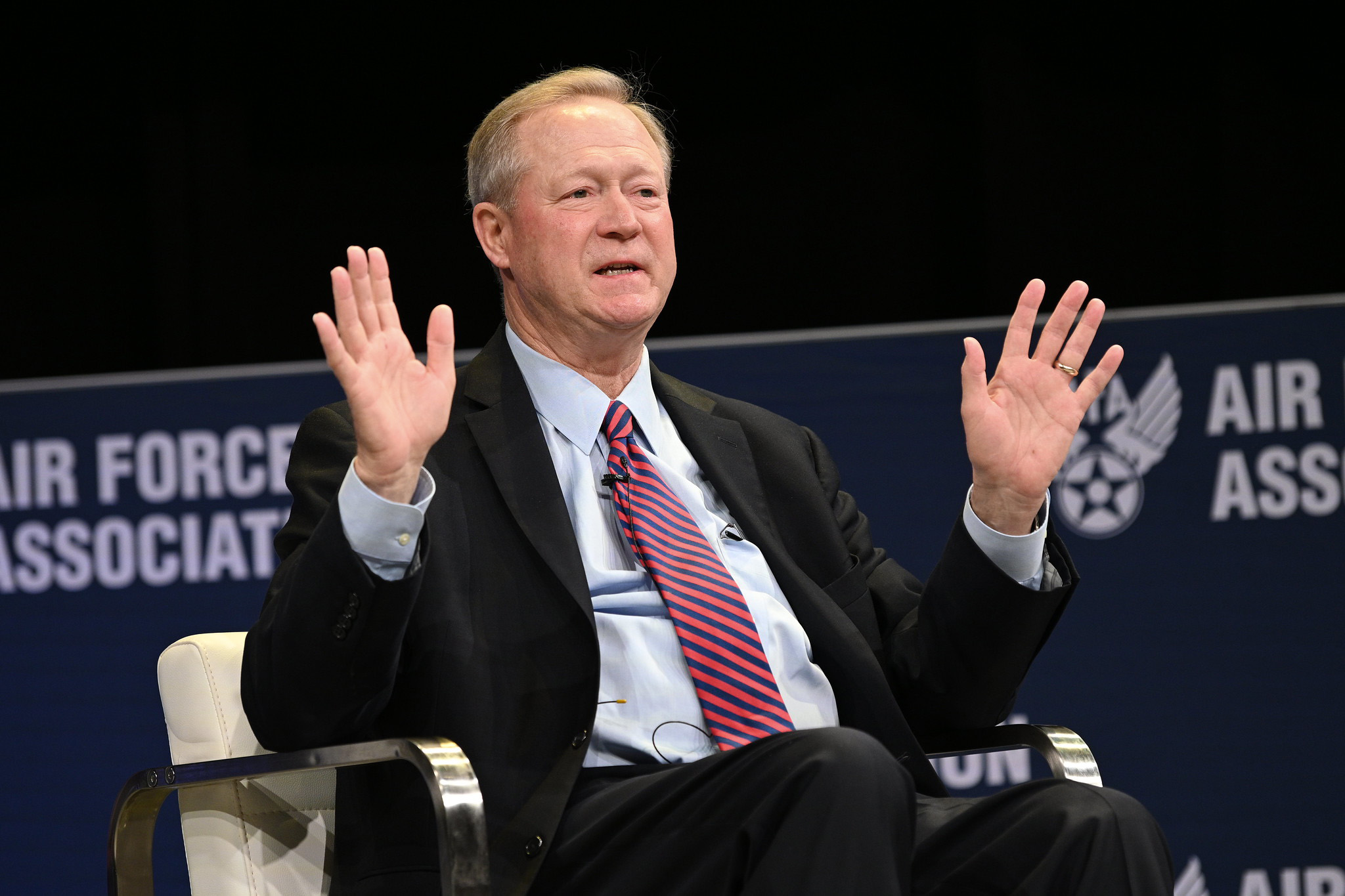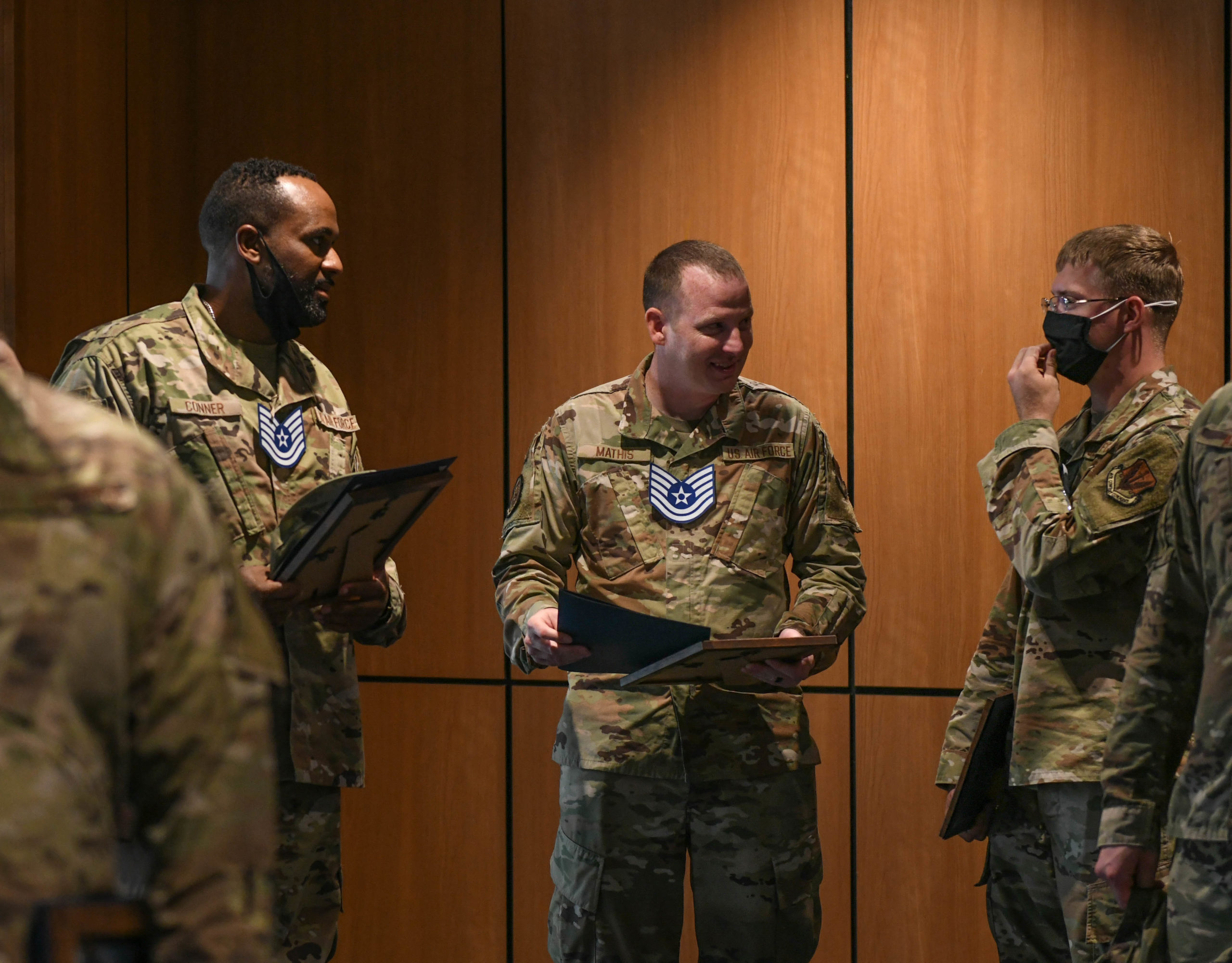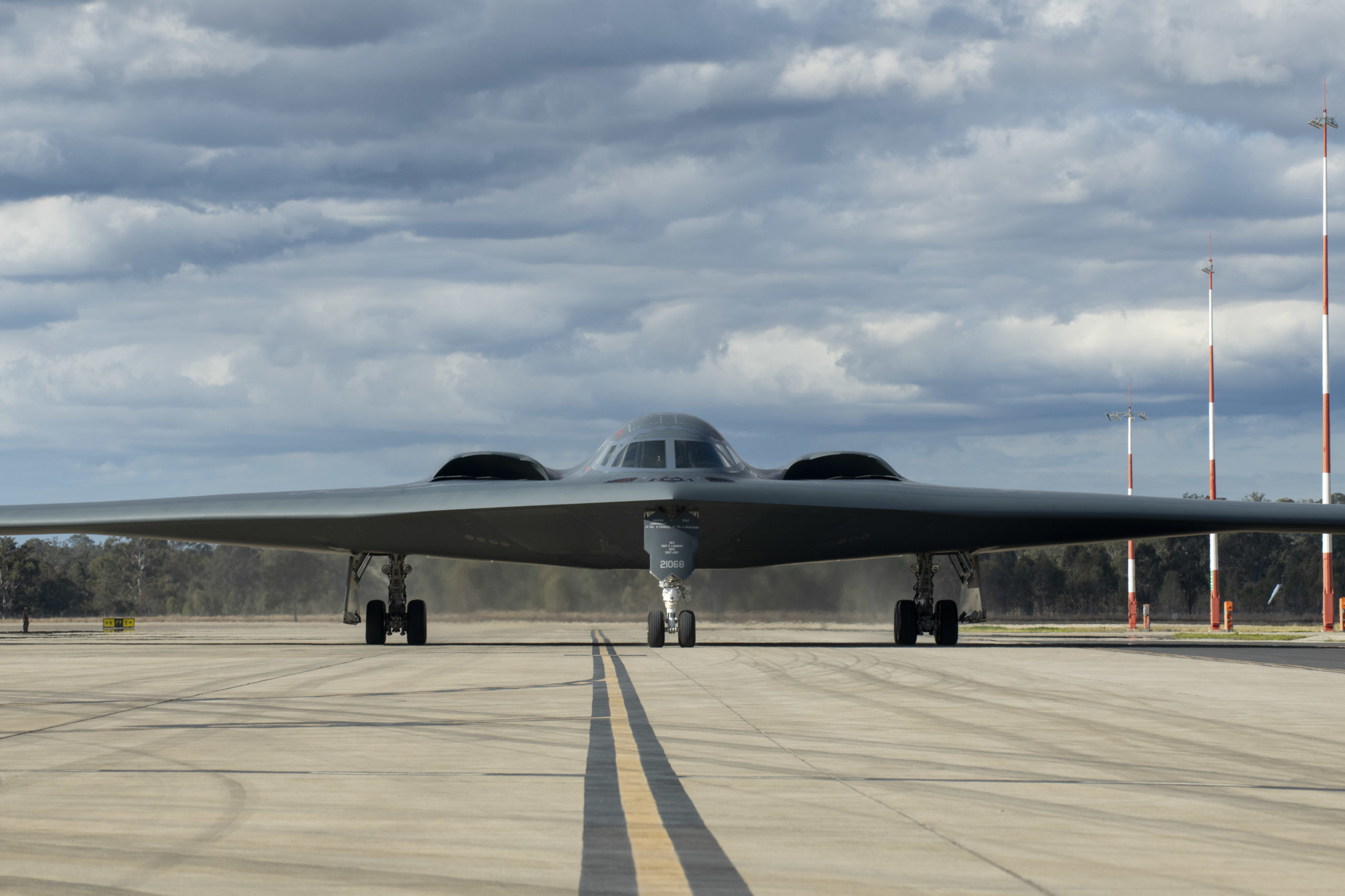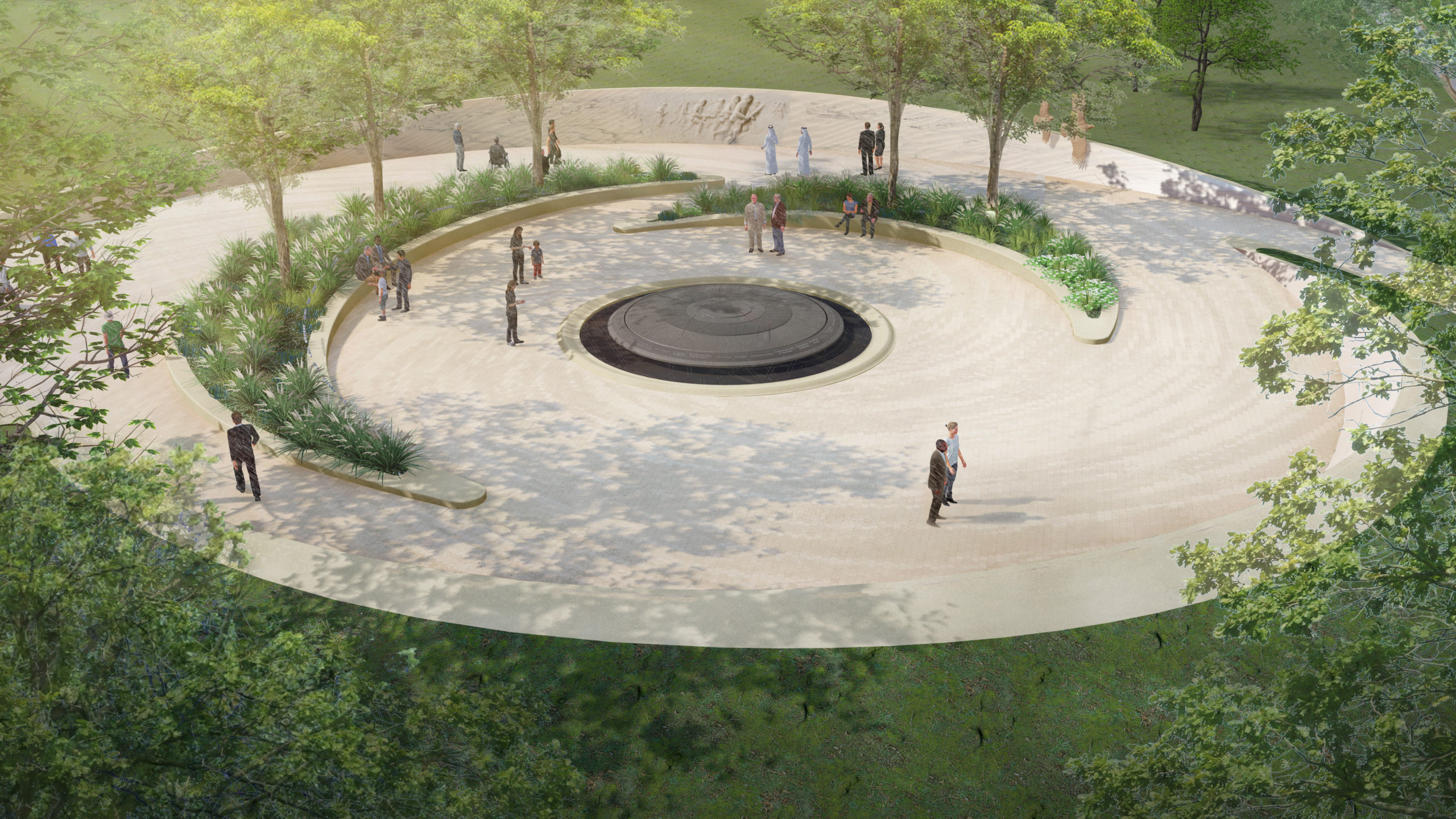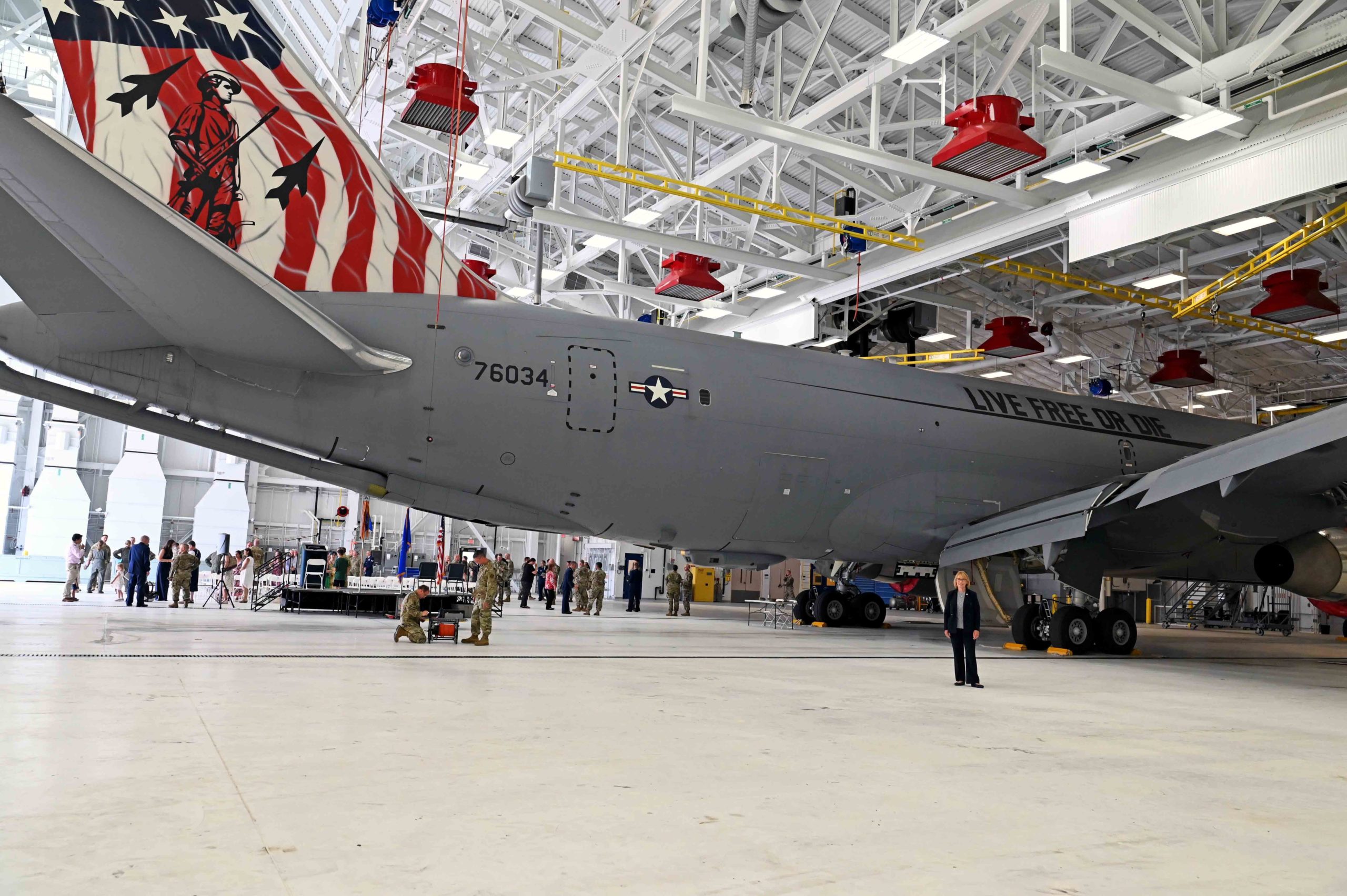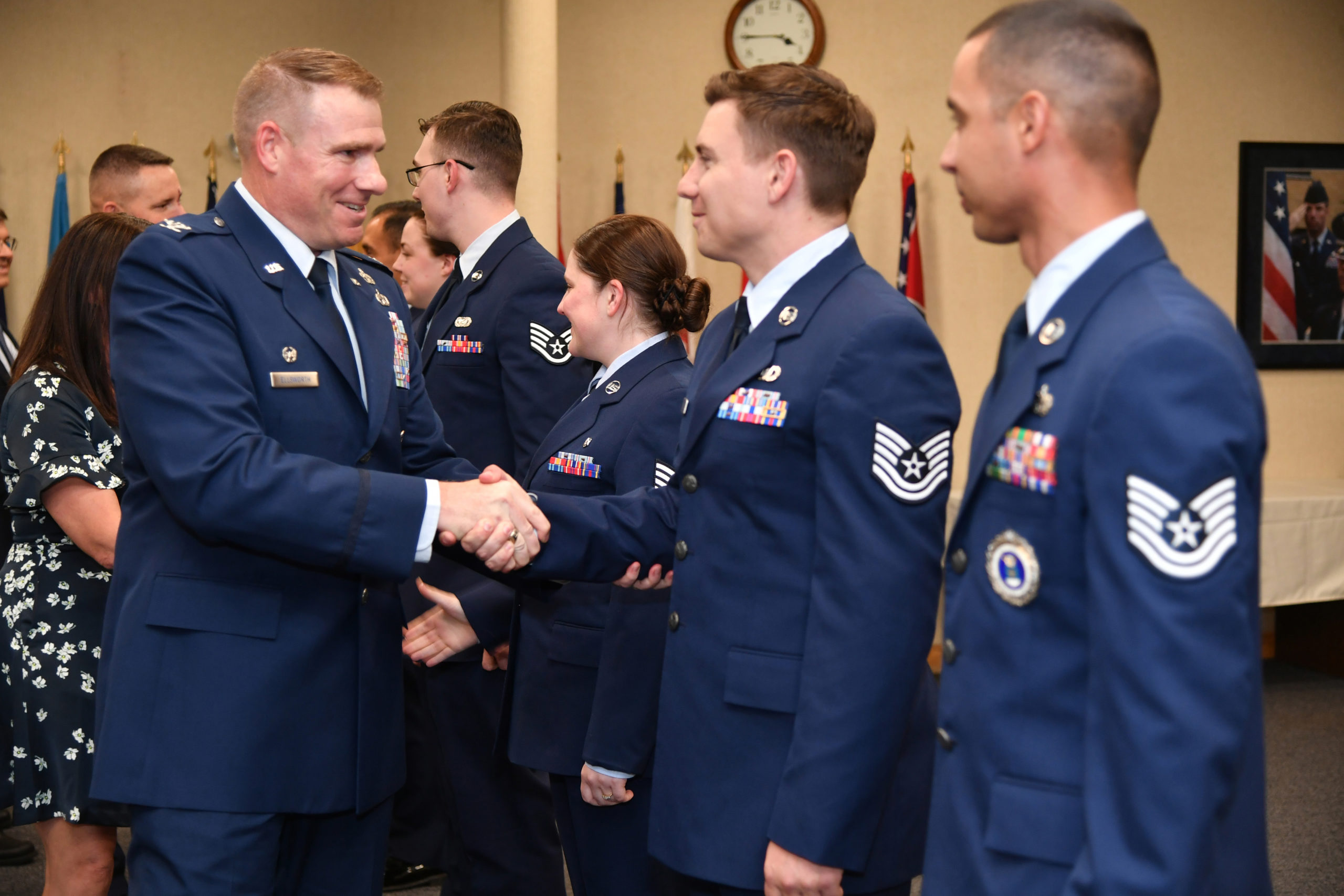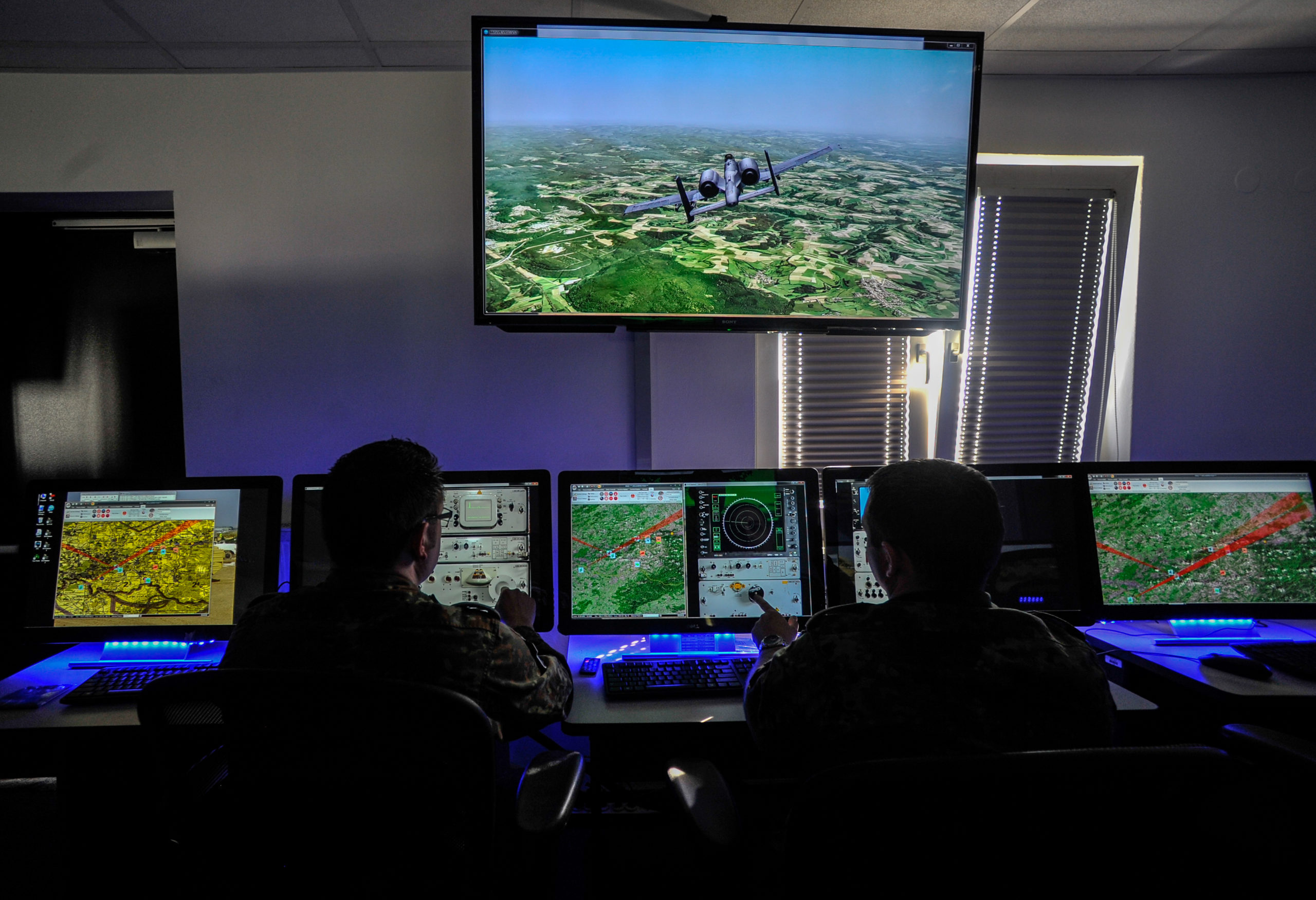FlightSafety International (FSI) is a name that resonates with pilots around the globe. Since 1951, FSI has been an industry leader in the education and training of aircrew and maintenance personnel. While being a well-established company, FSI continues to transform to meet customer needs.
The development of innovative solutions is key to the transformation that complements FSI’s proven training programs as well as a renewed focus on improving the overall quality of products and programs. One significant transformation is the establishment of FSI Defense, formerly FlightSafety Services Corporation (FSSC).
Prior to FSI Defense, government and military customers interfaced with multiple FSI business units – such as FSSC, FlightSafety Simulation Systems (FSS), or FlightSafety Simulation Systems Visual (FSSV) – to discover the appropriate business entry point. Today, FSI Defense gives the United States Air Force, and other government entities, a single touchpoint for all training business. This change eliminates the product-centric approach and instead emphasizes a more holistic customer-focused approach. FSI Defense listens to the Air Force and other customers to create training solutions that meet their future needs. The best answer could be a ready off-the-shelf product or may require research and development. Either way, FSI Defense is all in for providing customers a rigorous and data-based training program that utilizes innovative technological advancements that best prepare airmen for their mission.
Al Ueltschi, the founder of FSI, would often say, “The best safety device in any aircraft is a well-trained crew.” This spirit continues to inspire FSI and FSI Defense in the quest for innovative excellence. One such endeavor is FlightSmart® – an advanced analysis tool developed in close cooperation with IBM, based on artificial intelligence and machine learning. The idea is for FlightSmart® to collect and analyze a pilot’s performance data and compare the focus flight to data previously collected from several “good” flying scenarios. This will allow us to capture insights using evidence-based training methodologies and predict the best training approach to improve the pilot’s performance.
Similarly, FSI teamed with GE Digital™ to use actual flight data to reduce overall fight risk and simultaneously improve training to manage threats before they become reality. “Actual flight data allows us to tailor training to address safety threats before crews even experience them,” said Brad Thress, President and CEO of FSI. This program is currently deployed in all FSI learning centers including those training military equivalents of civilian business aircraft. These examples illustrate how FSI and FSI Defense are innovating to better prepare pilots and aircrew for flying operations.
FSI Defense continues to innovate, placing an even greater emphasis on improving the caliber of programs and products. It embraces a mindset that emphasizes quality over quantity and safety over speed and cost. FSI Defense delivers product reliability, availability, and reduced life-cycle costs.
The company believes that continuous improvement generates the best, long-term results that ultimately provides the best value solution.
The turbulent business and supply chain environment created by COVID-19 makes it even more important to adhere to a quality assurance (QA) process. All FSI products adhere to the QA principles of “fit for purpose” and “right first time,” eradicating waste and unnecessary costs and delivering solutions through the realignment of product manufacturing.
Two principles guide the “good idea” concept and requirement phase: solutions that are suitable for the intended purpose and striving to eliminate mistakes. They are implemented before the start of the design phase and again when the Air Force takes delivery. The task of engineering is to make it work, while the task of QA is to make it work all the time.
FSI Defense is unwavering in its commitment to deliver the most suitable, innovative, and quality training solutions possible. Training airmen to stay sharp, fine-tune, and prepared for any challenge.

